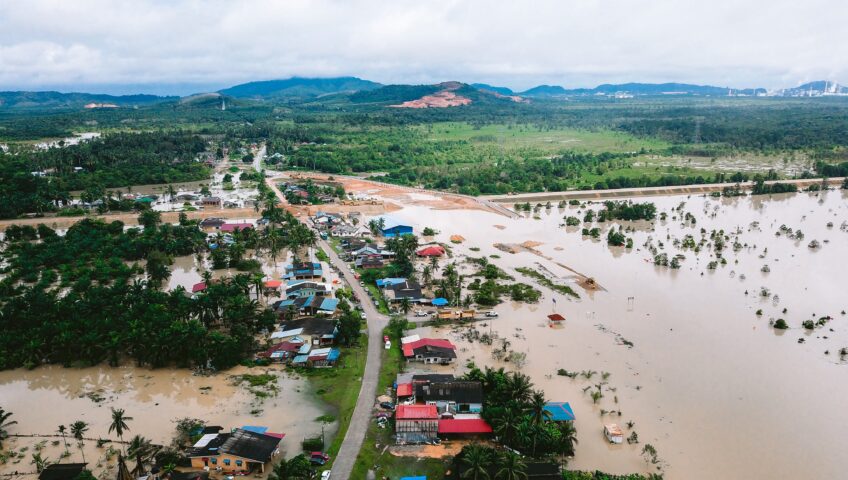Natural disasters, including extreme weather events, pose significant threats to property, infrastructure, and human lives. While it may not be possible to prevent these catastrophes entirely, careful planning and proactive measures can help mitigate their impact. In today's world, where natural disasters are becoming more frequent, it is crucial to have effective strategies in place to ensure preparedness and prevention.
Engineering strategies for natural disasters can be broadly categorized into four major phases: prevention, preparedness, response, and recovery.
Prevention is the first line of defense against natural disasters. It involves identifying potential risks and implementing measures to minimize their occurrence or impact. For example, in flood-prone areas, engineers may design and construct flood control systems such as levees, dams, and drainage systems. Similarly, in earthquake-prone regions, buildings can be constructed using seismic-resistant materials and techniques to reduce the risk of collapse.
Preparedness is the next crucial phase in natural disaster management. It involves developing plans and protocols to ensure a swift and coordinated response when a disaster strikes. Engineers play a vital role in this phase by conducting risk assessments, creating emergency response plans, and establishing communication networks. They also work closely with other stakeholders to educate the public about disaster preparedness and organize drills and simulations to test the effectiveness of response strategies.
When a natural disaster occurs, a prompt and efficient response is essential to minimize casualties and property damage. This is where engineering strategies come into play. Engineers work alongside emergency responders to assess the situation, provide technical expertise, and assist in rescue and relief operations. For instance, in the aftermath of a hurricane, engineers may be involved in assessing the structural integrity of buildings, restoring power and water supply, and repairing critical infrastructure.
The final phase of engineering strategies for natural disasters is recovery. Once the immediate threat has passed, engineers play a crucial role in restoring normalcy and rebuilding affected areas. This involves assessing the damage, developing plans for reconstruction, and implementing measures to prevent similar disasters in the future. For example, in areas prone to wildfires, engineers may recommend the use of fire-resistant materials and vegetation management techniques to reduce the risk of future outbreaks.
In conclusion, engineering strategies for natural disasters are essential for minimizing the impact of these events on human lives and infrastructure. By focusing on prevention, preparedness, response, and recovery, engineers can contribute significantly to the overall resilience of communities and ensure a safer future for all. As natural disasters continue to pose significant challenges, it is imperative that we continue to invest in research, innovation, and collaboration to develop even more effective strategies for mitigating their impact.


